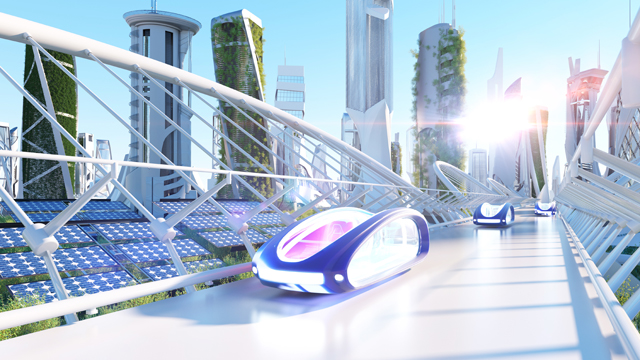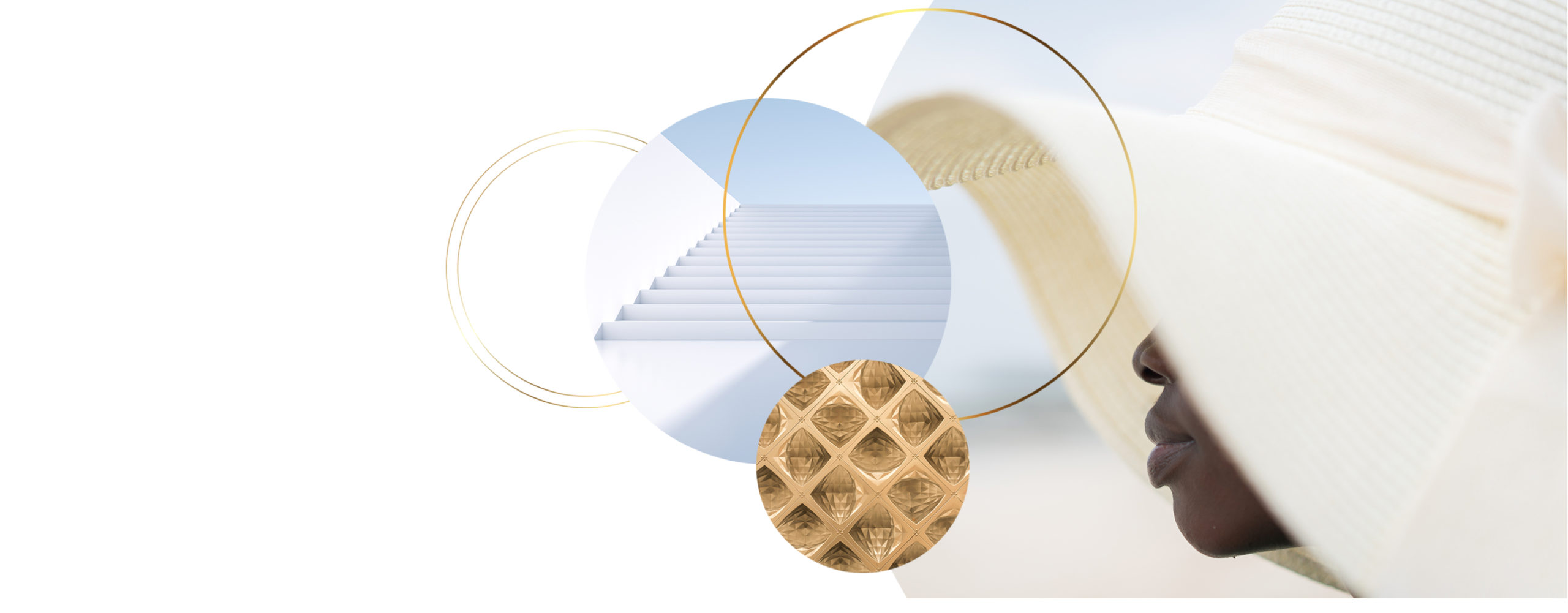Dark mode design has emerged as a prominent trend in web design, offering an alternative color scheme that features dark backgrounds with lighter text and elements. With its rising popularity, dark mode has transitioned from being a novelty to becoming a standard feature in many websites and applications. This trend is driven not only by aesthetics but also by user preferences and practical considerations.
One of the primary reasons for the surge in dark mode adoption is its potential to reduce eye strain and fatigue, especially in low-light conditions. By using darker backgrounds, it decreases the amount of emitted light, which can be particularly beneficial when users are browsing websites in the evening or during nighttime hours.
Dark mode design also enhances visual comfort, particularly for users with sensitivity to bright lights. It provides a more soothing and relaxing experience compared to traditional light-themed websites. For some users, dark mode might even offer a more immersive and cinematic feel, making it ideal for media-centric websites and applications.
Another advantage of dark mode is its potential to conserve battery life, especially on devices with OLED or AMOLED screens. Since pixels in these displays emit their light individually, using a dark background with fewer lit pixels can lead to reduced power consumption, extending the device’s battery life.
Implementing dark mode requires thoughtful color choices and contrast considerations. Designers must ensure that text and elements remain easily legible against the dark background. Choosing appropriate accent colors and maintaining sufficient contrast between elements play a crucial role in achieving readability.
While dark mode can offer many benefits, it might not be suitable for all websites. For content-heavy sites, especially those with extensive text, a light-themed design might be more practical. Additionally, the accessibility of dark mode should be taken into account, as some users with visual impairments might find it challenging to read light text on dark backgrounds.
To cater to user preferences, some websites have started providing a toggle option that allows users to switch between light and dark mode based on their preference. This flexibility empowers users to customize their browsing experience, striking a balance between aesthetics and functionality.
In conclusion, dark mode design has become a prominent trend in web design, offering a visually appealing and functional alternative to traditional light-themed websites. By reducing eye strain, enhancing visual comfort, and potentially saving battery life, dark mode has earned its popularity among users and designers alike. However, its implementation should be carefully considered based on the website’s content, target audience, and accessibility requirements to ensure a delightful and inclusive user experience.
Tags: emit, nighttime, preference
